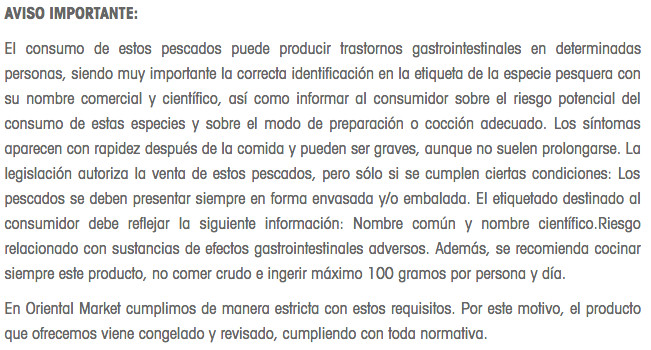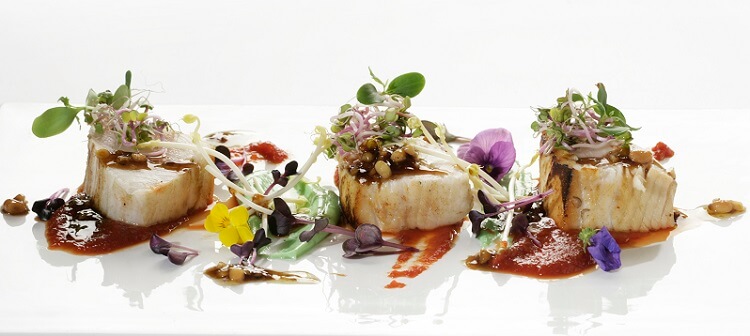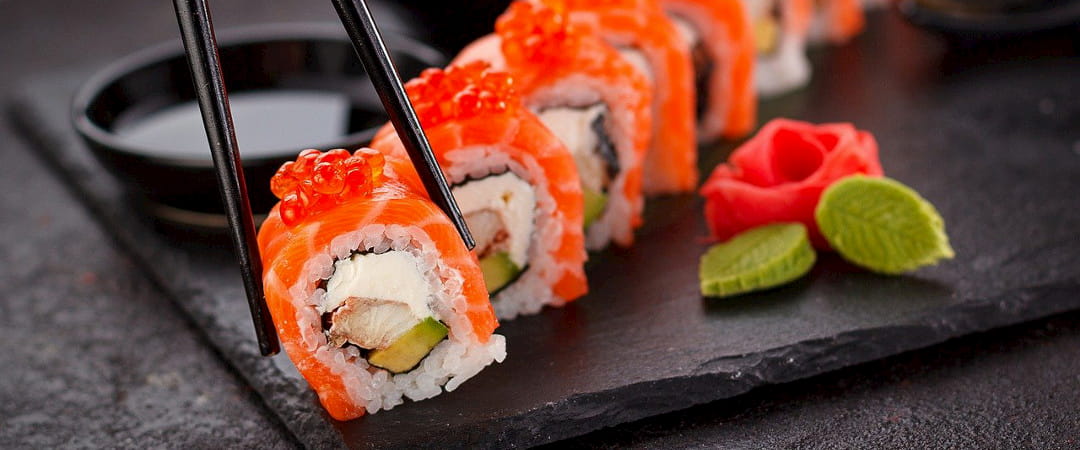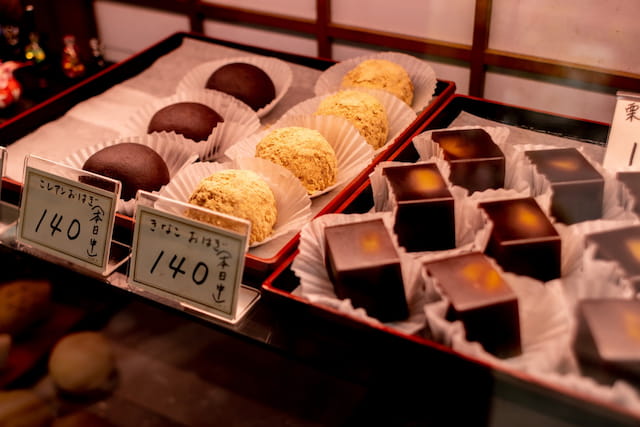If there is one fish that is currently causing a sensation in most Japanese restaurants, it is undoubtedly the butterfish. A fish that stands out – in general terms – for the white colour of its flesh, and a fatty, firm and delicate texture reminiscent of butter (hence its name), a common ingredient in recipes such as nigiri. A common ingredient in recipes such as nigiri, do you want to know more about it, and are there different types of fish with this name? Let’s answer some questions…
To begin with, butterfish is a type of fish that is very suitable for eating raw. It is known to have little flavour, but precisely because of this, it is a perfect product to accompany with ingredients that enhance its flavour. Prestigious chefs from all over the world use it, as is the case of chef Ricardo Sanz, from the Kazuki Wellington restaurant, one of the best fusion cuisine restaurants, who, to flavour this fish, came up with the idea of putting a truffle purée on top of a fillet. And voilà! Gourmet recipe ready to serve at the table. But there are other well-known recipes, such as that of Peruvian chef Luis Arévalo, who used butterfish to make niguiri with anticucho sauce and a coriander pesto (a very Peruvian version).
The term butterfish refers to up to four different fishes
There are different species to which the name butterfish is attributed: the permit, the schooling fish, the black cod and the other species of cod.
But it’s not that simple. In the blog Comer Japonés, the blogger Roger Ortuño reflects extensively on this type of fish and highlights the confusion that exists today when it comes to classifying a fish as butterfish, a “gibberish of nomenclature”, in his own words, which leads to errors when a recipe is presented in a restaurant. Do we know if what we are eating is a real butterfish? Roger makes a distinction between 4 types of fish: the Palometa, the Black Cod, the Cod and the Escolar. To sum up:
- The Palometa: a fish that is recognisable because it lacks a ventral fin and has pectoral fins that are longer than the head. Its dorsal and anal fins are also long. It is notable for its round and flat appearance. In cooking, it is a type of fish that is not used for sushi and is usually grilled and marinated in miso.
- Escolar: notable for its elongated appearance similar to barracuda. It is mistakenly considered “butterfish” and is difficult to find in Oriental restaurants in Barcelona. Roger Ortuño’s article highlights why it is important to control the consumption of this type of fish.
- Black cod and codfish: Just as schoolchildren have a firm, oily texture like butter or fondant, the flesh of black cod is tender, but crumbles easily like that of cod. Gindara (as Black Cod is also known) is not eaten raw, as it is usually marinated in miso and then baked on the grill. Cod refers to all other species of cod that do not include black cod.
How to cook it?
We show you two videos where you can see two different ways of cooking this fish. The first recipe is a laminated butterfish with black truffle and the second one is a laminated butterfish with black truffle.
Black truffle butterfish fillet recipe
Roasted butterfish nigiri with truffle sauce recipe
Do we know a little bit more about this fish?






